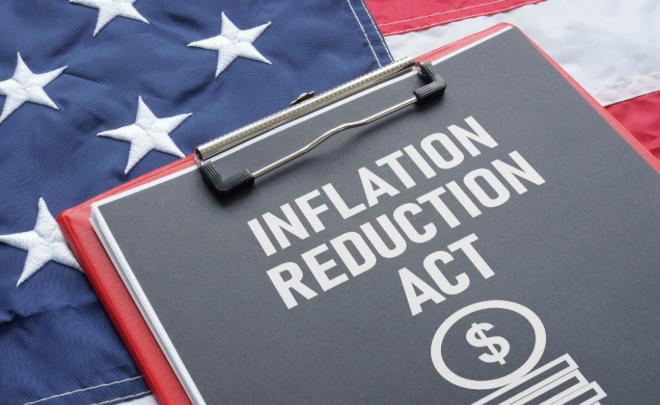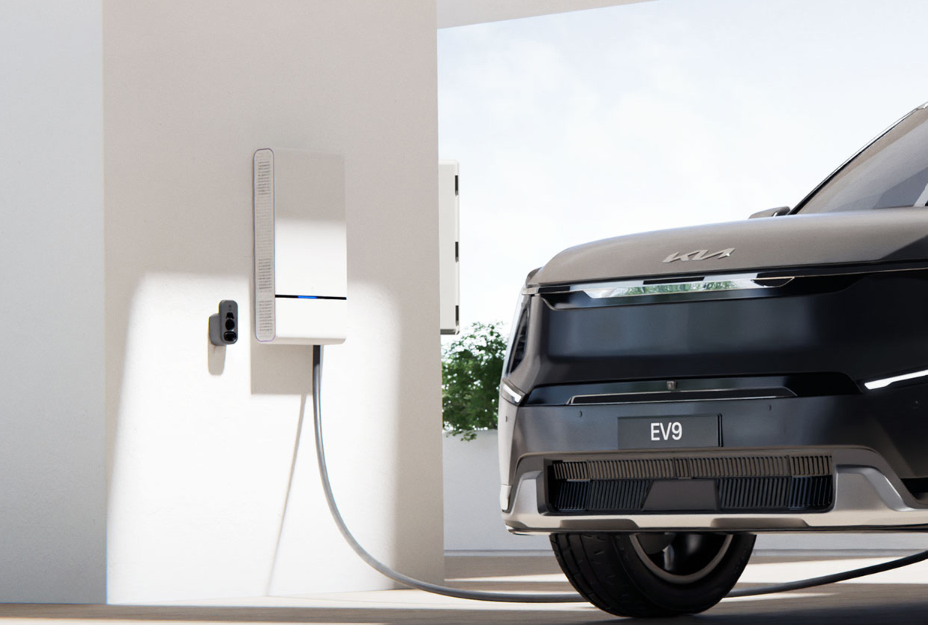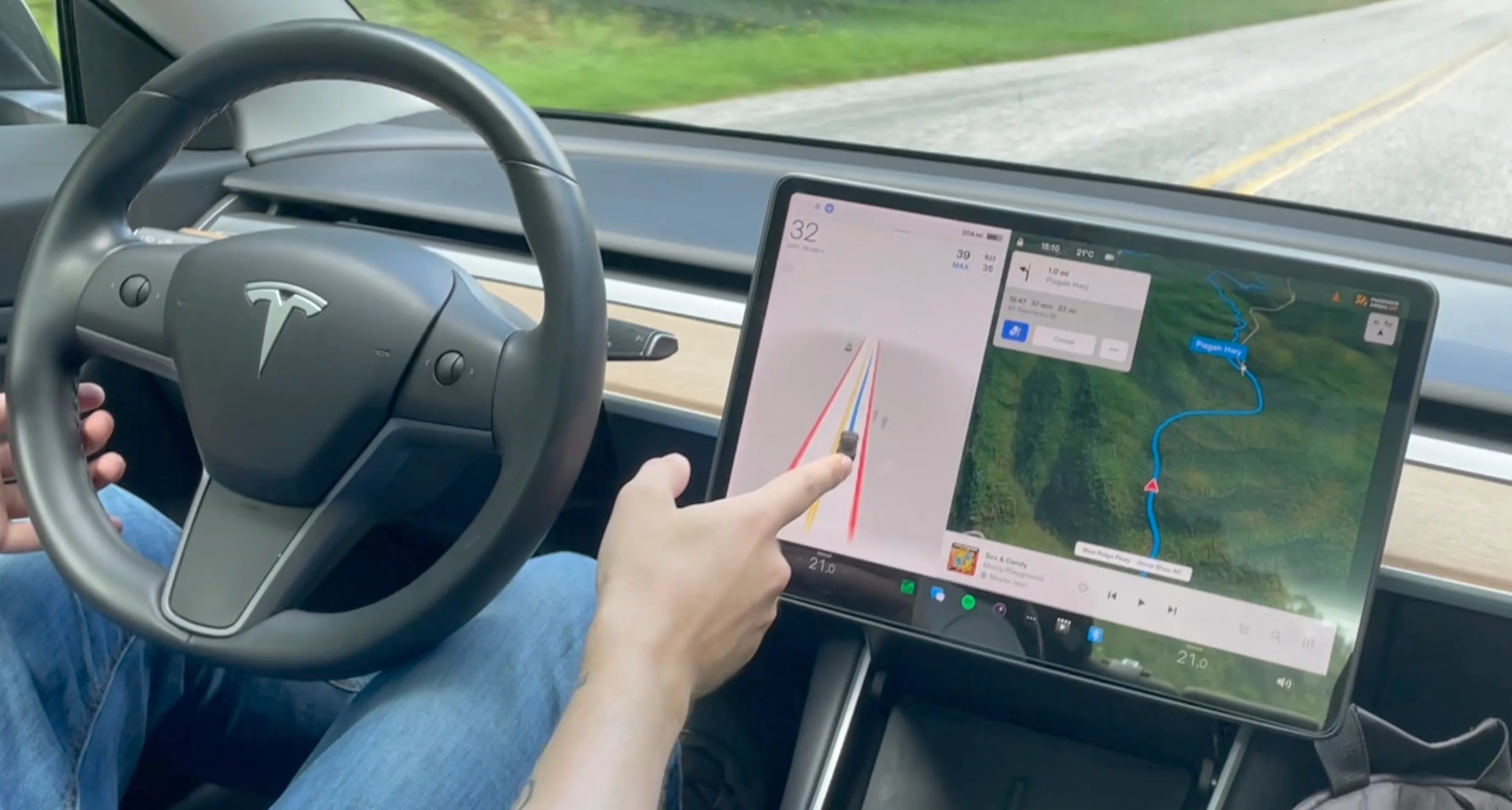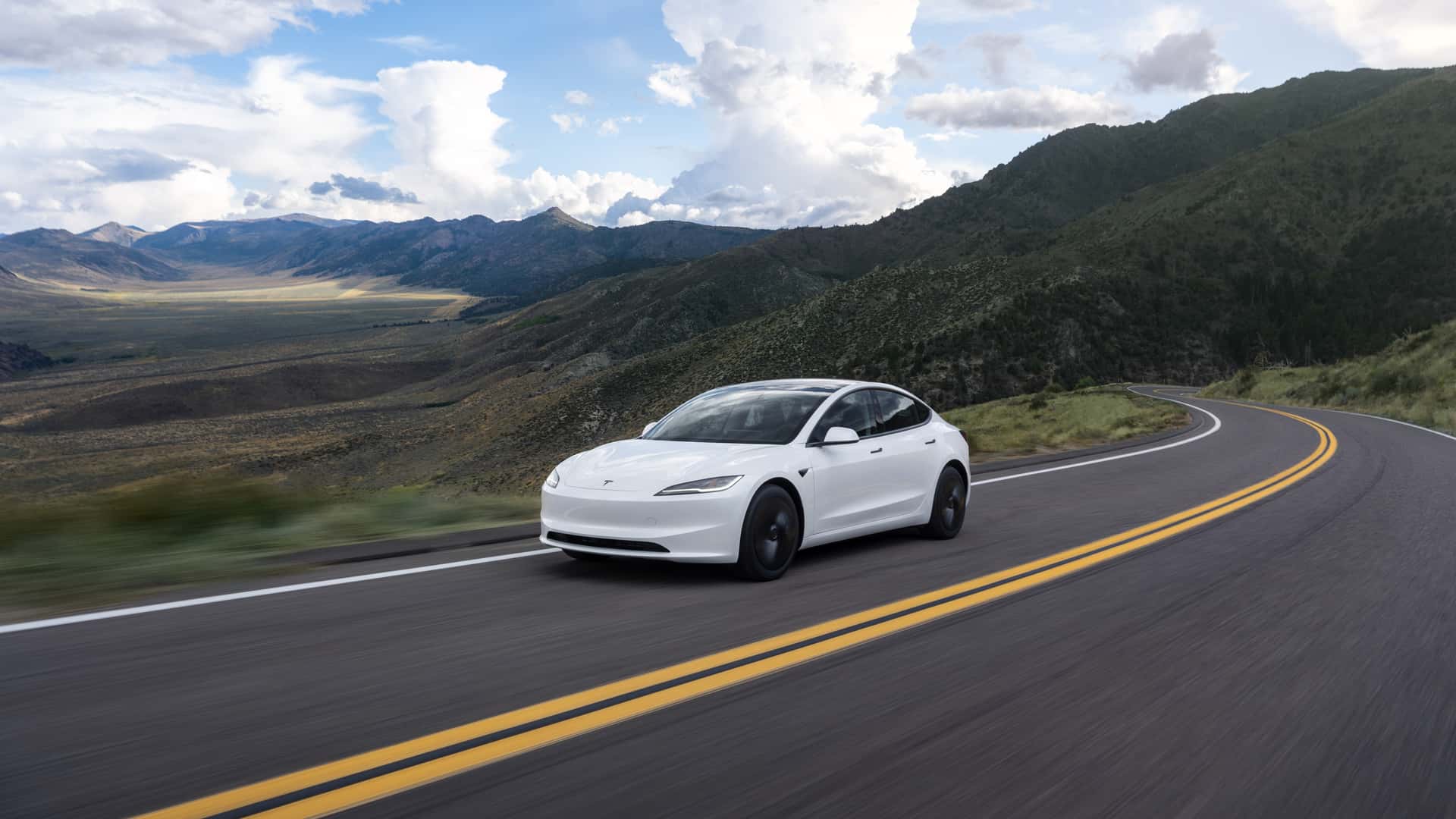Der Inflation Reduction Act (IRA), der im August 2022 in Kraft trat, ist eines der umfassendsten klimabezogenen Gesetzespakete der US-Geschichte. Zu seinen wichtigsten Bestimmungen gehören eine Reihe von Steueranreizen, die die Einführung von Elektrofahrzeugen (EVs) beschleunigen, die heimische Produktion sauberer Energie ausbauen und die CO2-Emissionen reduzieren sollen. Dieser Artikel bietet eine detaillierte Aufschlüsselung der EV-bezogenen Steuervorteile des IRA und ihrer Auswirkungen auf Verbraucher, Automobilhersteller und den Markt für erneuerbare Energien.
1. Steuergutschriften für Elektrofahrzeuge für Neufahrzeuge
Im Rahmen der IRA können Verbraucher beim Kauf eines neuen Elektrofahrzeugs eine staatliche Steuergutschrift von bis zu 7.500 US-Dollar beantragen. Allerdings haben sich Struktur und Anspruchsvoraussetzungen im Vergleich zu früheren Anreizen für Elektrofahrzeuge deutlich geändert.
Teilnahmekriterien:
-
Das Fahrzeug muss in Nordamerika montiert werden.
-
Ein Teil der Batteriekomponenten des Fahrzeugs muss aus den USA oder Ländern mit Freihandelsabkommen bezogen werden.
-
Das bereinigte Bruttoeinkommen (AGI) des Käufers darf folgende Beträge nicht überschreiten:
-
150.000 US-Dollar für Alleinveranlagte
-
225.000 US-Dollar für Haushaltsvorstände
-
300.000 US-Dollar für gemeinsame Einreichungen
-
Preisobergrenzen für Fahrzeuge:
-
Limousinen müssen unter 55.000 US-Dollar kosten
-
SUVs, Trucks und Vans unter 80.000 US-Dollar
Insbesondere müssen die Automobilhersteller nun sowohl die Anforderungen hinsichtlich der Beschaffung kritischer Mineralien als auch der Batteriekomponenten erfüllen, damit das Fahrzeug die vollen 7.500 US-Dollar erhalten kann. Wenn nur eine Anforderung erfüllt ist, kann das Fahrzeug immer noch für 3.750 US-Dollar in Frage kommen.
2. Steuergutschriften für gebrauchte Elektrofahrzeuge
Zum ersten Mal führt die IRA eine Steuergutschrift für gebrauchte Elektrofahrzeuge ein:
-
Kreditbetrag : Bis zu 4.000 $ oder 30 % des Fahrzeugpreises , je nachdem, welcher Betrag niedriger ist
-
Fahrzeugberechtigung : Das Elektrofahrzeug muss mindestens zwei Jahre alt sein
-
Preisobergrenze : Muss unter 25.000 $ kosten
-
Einkommensbeschränkungen für Käufer :
-
75.000 US-Dollar für Einzelpersonen
-
112.500 US-Dollar für Haushaltsvorstände
-
150.000 US-Dollar für gemeinsame Einreichungen
-
Diese Regelung erhöht die Erschwinglichkeit erheblich und ermöglicht es Amerikanern mit mittlerem und niedrigem Einkommen, von den Vorteilen sauberer Verkehrsmittel zu profitieren.
3. Point-of-Sale-Transfer beginnt 2024
Ab dem 1. Januar 2024 müssen Käufer von Elektrofahrzeugen nicht mehr bis zur Steuersaison warten, um ihre Steuergutschrift in Anspruch zu nehmen. Verbraucher können die Gutschrift direkt am Verkaufsort an den Händler überweisen, wodurch sich die Anschaffungskosten des Fahrzeugs um bis zu 7.500 US-Dollar (Neuwagen) bzw. 4.000 US-Dollar (Gebrauchtwagen) senken lassen. Diese Änderung dürfte die Akzeptanz von Elektrofahrzeugen durch den Abbau von Finanzierungshürden erhöhen.
4. Anreize für gewerbliche und Flotten-Elektrofahrzeuge
Unternehmen profitieren von Steuergutschriften für gewerbliche saubere Fahrzeuge :
-
Bis zu 7.500 US-Dollar für leichte Elektrofahrzeuge
-
Bis zu 40.000 US-Dollar für mittelschwere und schwere Elektrofahrzeuge
Für den gewerblichen Kredit gelten nicht die gleichen Beschränkungen hinsichtlich der Batteriebeschaffung oder des Einkommens wie für die Verbraucherversion, was ihn zu einem starken Anreiz für die Elektrifizierung von Flotten macht.
5. Ladeinfrastrukturgutschriften
Um eine breitere Verbreitung von Elektrofahrzeugen zu unterstützen, führt die IRA den Property Credit für die Betankung von Fahrzeugen mit alternativen Kraftstoffen wieder ein und erweitert ihn:
-
30 % Gutschrift für die Kosten von Ladegeräten und Installation für Elektrofahrzeuge (bis zu 1.000 $ für Privathaushalte)
-
Bei gewerblichen Installationen beträgt die Gutschrift bis zu 100.000 US-Dollar pro Ladestation
-
Gilt für Anlagen in einkommensschwachen oder ländlichen Gebieten
-
Gültig bis 2032
Ziel dieser Maßnahme ist es, die Verfügbarkeit von Ladegeräten insbesondere in unterversorgten Gemeinden und entlang ländlicher Korridore zu erhöhen.
6. Anreize für die heimische Produktion und Batterieproduktion
Ein Schwerpunkt der IRA liegt auf der Förderung der heimischen Elektrofahrzeug- und Batterieproduktion . Zu den wichtigsten Anreizen gehören:
-
Produktionssteuergutschriften für Batteriehersteller, die Zellen und Module in den USA produzieren
-
Steuergutschrift für fortgeschrittene Herstellung (45X) für Batteriemineralien und -komponenten
-
Kreditgarantien und Zuschüsse für neue Fabriken und Infrastruktur für saubere Energie
Diese Maßnahmen sollen die Abhängigkeit von ausländischen Lieferketten verringern und in ganz Amerika Zehntausende grüner Arbeitsplätze schaffen.
7. Auswirkungen auf Automobilhersteller und Marktdynamik
Die Autohersteller haben schnell auf die IRA reagiert, indem sie:
-
Umstrukturierung der Lieferketten zur Erfüllung der Beschaffungsanforderungen
-
Ausbau der nordamerikanischen Montage- und Batterieanlagen
-
Neupreisgestaltung von Fahrzeugen zur Einhaltung der Berechtigungsgrenzen
Marken wie Ford , GM , Rivian und Tesla passen ihre Fahrzeugpaletten und Produktionsstrategien an, um die IRA-Vorteile zu maximieren, während neue Marktteilnehmer um die Qualifikation ihrer Angebote wetteifern.
8. Kritik und Herausforderungen
Trotz der langfristigen Vision verlief die Einführung der IRA-Steuergutschrift nicht ohne Herausforderungen:
-
Einige Käufer sind durch die sich ändernden Teilnahmebedingungen verwirrt.
-
Aufgrund der strengen Beschaffungs- und Preisanforderungen sind nicht alle Elektrofahrzeugmodelle qualifiziert.
-
Einkommens- und Preisobergrenzen schließen Elektrofahrzeuge der Spitzenklasse aus, was bei manchen die Frage aufwirft, ob Käufer von Luxusfahrzeugen dadurch abgeschreckt werden.
Dennoch war die Reaktion des Marktes insgesamt positiv und die Verkäufe von Elektrofahrzeugen stiegen stetig.
9. Vorausschauen
Mit Steuergutschriften in Milliardenhöhe, Infrastrukturinvestitionen und Produktionsförderung stellt das IRA einen entscheidenden Schritt in Richtung einer sauberen Energiewende dar. Durch die Abstimmung wirtschaftlicher Anreize mit Klimazielen verspricht das Gesetz, die Dekarbonisierung des US-Verkehrs zu beschleunigen – eine Steuergutschrift nach der anderen.
Empfohlene Lektüre: Bundessteuergutschrift für Elektrofahrzeuge endet am 30. September 2025 – Berechtigte Autos und Empfehlungen








Aktie:
Anreize für das Laden von Elektrofahrzeugen tagsüber in den USA: Eine Schlüsselstrategie für Netzstabilität und die Einführung von Elektrofahrzeugen
Ein umfassender Leitfaden zu EV-Adaptern: Von NEMA über NACS bis CCS1